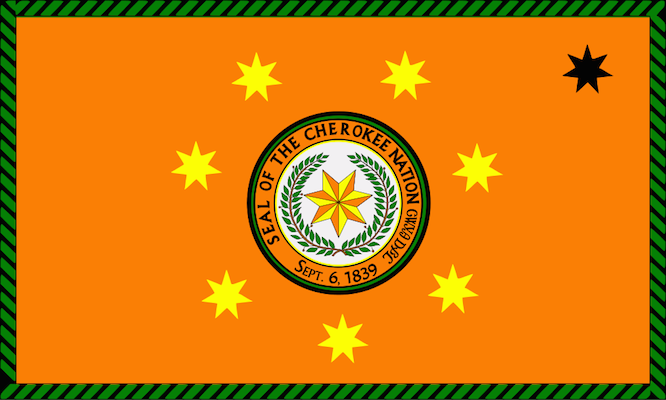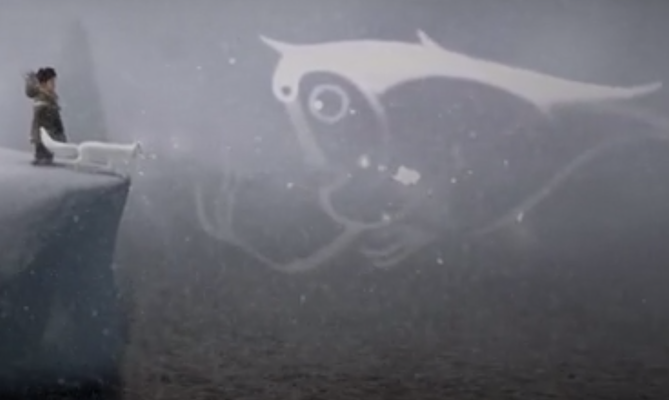People have been destroying physical public symbols of their oppressors since at least as far back as the ancient Egyptians. It often helps societies clarify their direction at the end of an era or in a period of transition.
In recent weeks, there has been a lot of attention of the symbols of historic oppression omnipresent in many public places in the United States. While the bulk of that has been about the Confederate Flag and monuments/statues related to the Confederate cause, this week public tributes to Christopher Columbus came in for a round of well-deserved criticism. Far less deserved was the perennial but diehard defenses, which usually show up in October (around our mystifying national holiday dedicated to him), but which made a special mid-year appearance.
People around the U.S. who are now distraught over a (once-again) vandalized statue of Christopher Columbus in Boston need to find better things to cry over and build idols to. We need a better statue and the elimination of Christopher Columbus from public spaces here. Nothing even vaguely useful or positive that he did in his life offsets the scale of the horrors he personally unleashed directly, let alone set in motion for others. If, in 2015, your hero is an incompetent 15th century genocidal “explorer” who almost single-handedly began mass chattel enslavement in the Americas, you need to admit that and own it or find someone else to cheer. There have been billions of people in history who were not total monsters. It’s not that hard to find someone halfway decent to get behind instead.
I’m also confident that, with 15 minutes of solid research, the Italian-American community — where many (but not all) of the diehards come from — could find someone way cooler and less awful (and more Italian!) to get excited about and feel pride in. This is truly not the hill to die on.




 This is a yet another demonstration that Federal abuses of the Native American people are still ongoing (and Native interests and voices are still callously disregarded), rather than such treatment being some relic of a harsh but distant past. Interior Secretary Jewell called the provision “profoundly disappointing.”
This is a yet another demonstration that Federal abuses of the Native American people are still ongoing (and Native interests and voices are still callously disregarded), rather than such treatment being some relic of a harsh but distant past. Interior Secretary Jewell called the provision “profoundly disappointing.”
